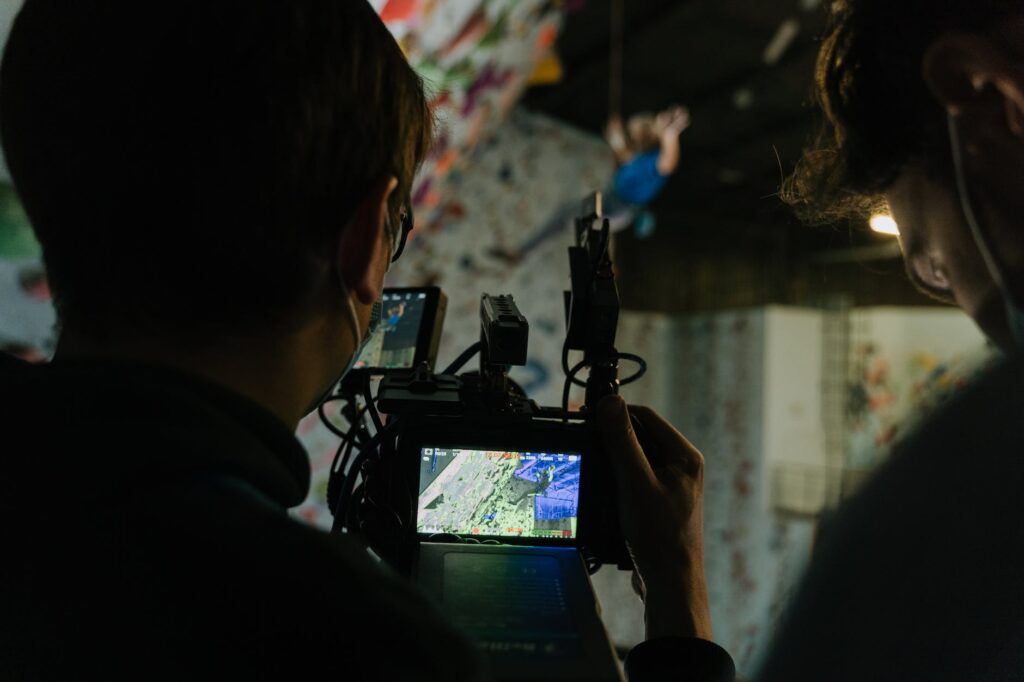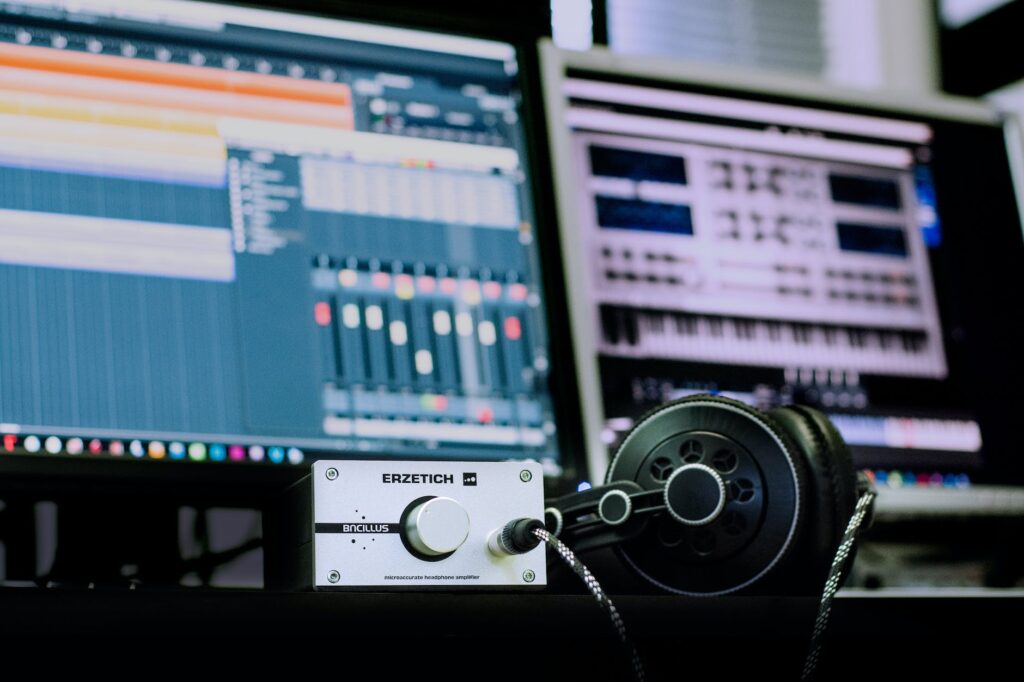Documentary filmmaking is an art form that has the power to capture real-life stories and experiences in a way that can move and inspire audiences around the world.
But like any creative pursuit, it takes skill, knowledge, and experience to produce a successful documentary film. That’s why we’ve gathered some expert advice from the pros on the dos and don’ts of documentary filmmaking.
From choosing the right subject matter to conducting interviews and editing the final product, these tips will help you create a compelling and impactful documentary that resonates with your audience.
So whether you’re a seasoned filmmaker or just starting out, read on for some valuable insights that can help you take your documentary filmmaking to the next level.
The Importance of Research and Planning

Before you start shooting your documentary, it’s essential to conduct thorough research and planning. This means spending time researching your subject matter, understanding your target audience, and developing a clear vision for your project.
Without proper planning, your documentary risks becoming disjointed, confusing, and uninspiring.
One of the most critical aspects of research and planning is identifying the story that you want to tell. Your documentary should have a clear narrative arc that engages your audience and keeps them invested in the story from beginning to end.
This means identifying the key characters, themes, and events that will drive the story forward.
Another crucial aspect of research and planning is ensuring that you have the right equipment and resources.
This includes having a high-quality camera, microphone, and other filming accessories, as well as any necessary permits or permissions to film in certain locations.
Dos and Don’ts of Pre-Production

Pre-production is a critical stage of documentary filmmaking that involves planning and preparing for the actual filming process. Here are some dos and don’ts to keep in mind during pre-production:
Do:
– Create a detailed shooting schedule that outlines the locations, characters, and events that you’ll be filming.
– Conduct pre-interviews with your subjects to get a sense of their personalities, interests, and motivations.
– Scout out your filming locations in advance to ensure that they’re suitable for your needs and that you have any necessary permissions or permits.
Don’t:
– Rush through pre-production. Taking the time to plan and prepare will ultimately save you time and money in the long run.
– Ignore safety concerns. Always prioritize the safety of yourself and your crew when filming in potentially dangerous locations.
– Forget to communicate with your team. Make sure that everyone is on the same page when it comes to the vision, goals, and timeline for the project.
Tips for Conducting Effective Interviews

Interviews are a crucial aspect of documentary filmmaking that can make or break your film’s success. Here are some tips for conducting effective interviews:
– Prepare a list of questions in advance that will help you elicit the information and insights that you need.
– Be an active listener. Pay attention to your subject’s responses and follow up with additional questions if needed.
– Create a comfortable and relaxed environment for your subject. This will help them feel at ease and open up more during the interview.
– Use visual aids and props to help illustrate your questions and engage your subject.
– Consider conducting follow-up interviews if you need more information or clarification on certain topics.
Capturing Compelling B-roll Footage

B-roll footage is the secondary footage that is used to complement your primary footage (i.e., interviews). Here are some tips for capturing compelling B-roll footage:
– Plan ahead. Know what types of shots you need to capture to help illustrate your story.
– Use a variety of shots, including wide, medium, and close-up shots, to keep your footage visually interesting.
– Look for unique and visually appealing angles to add depth and dimension to your footage.
– Pay attention to lighting and composition. Well-lit and well-composed shots will make your footage look more professional and polished.
Storytelling Techniques in Documentary Filmmaking

As with any form of storytelling, documentary filmmaking requires a clear narrative arc that engages your audience and keeps them invested in the story. Here are some storytelling techniques to keep in mind:
– Develop a clear story structure that includes a beginning, middle, and end.
– Use visual storytelling techniques, such as montages, flashbacks, and reenactments, to help illustrate your story and keep your audience engaged.
– Incorporate personal anecdotes and insights from your subjects to add depth and emotional resonance to your film.
– Use music and sound effects to help set the tone and mood of your film.
Avoiding Common Pitfalls in Post-Production
Post-production is the stage of documentary filmmaking that involves editing and polishing your footage. Here are some common pitfalls to avoid during post-production:
– Over-editing your footage. While it’s essential to edit your footage, be careful not to overdo it. Over-editing can make your film feel disjointed and confusing.
– Ignoring pacing. The pacing of your film is critical to keeping your audience engaged. Make sure to keep the pacing consistent and engaging throughout.
– Neglecting sound design. Sound design is just as important as the visual elements of your film. Make sure to use music and sound effects to enhance the emotional impact of your film.
Tips for Sound Design and Music Selection

Sound design and music selection play a crucial role in setting the tone and mood of your documentary. Here are some tips to keep in mind:
– Use music sparingly. While music can be a powerful tool for conveying emotion, too much music can be distracting and overwhelm your audience.
– Choose music that complements the tone and mood of your film. The music should enhance the emotional impact of your film, not detract from it.
– Use sound effects to add depth and realism to your film. Well-placed sound effects can help immerse your audience in the world of your film.
Collaboration and Teamwork in Documentary Filmmaking

Documentary filmmaking is often a collaborative process that requires teamwork and communication. Here are some tips for fostering collaboration and teamwork:
– Make sure that everyone on your team understands the vision and goals of the project.
– Assign clear roles and responsibilities to each team member to avoid confusion and overlapping tasks.
– Schedule regular check-ins to ensure that everyone is on the same page and that the project is progressing as planned.
Examples of Successful Documentary Films
To help inspire and inform your documentary filmmaking, here are some examples of successful documentary films:
– “The Act of Killing” (2012) – a chilling exploration of the Indonesian genocide through the eyes of the perpetrators.
– “Won’t You Be My Neighbor?” (2018) – a heartwarming tribute to the life and legacy of Mr. Rogers.
– “The Fog of War” (2003) – an insightful look at the life and decisions of former U.S. Secretary of Defense Robert McNamara.
Conclusion and Final Thoughts
Documentary filmmaking is a challenging and rewarding art form that requires skill, knowledge, and experience. By following these dos and don’ts and expert tips from the pros, you can create a compelling and impactful documentary that resonates with your audience. Remember to prioritize research and planning, conduct effective interviews, capture compelling B-roll footage, and use storytelling techniques to engage your audience. With hard work, dedication, and a bit of luck, you can create a documentary that inspires, educates, and moves audiences around the world.

Leave a Reply